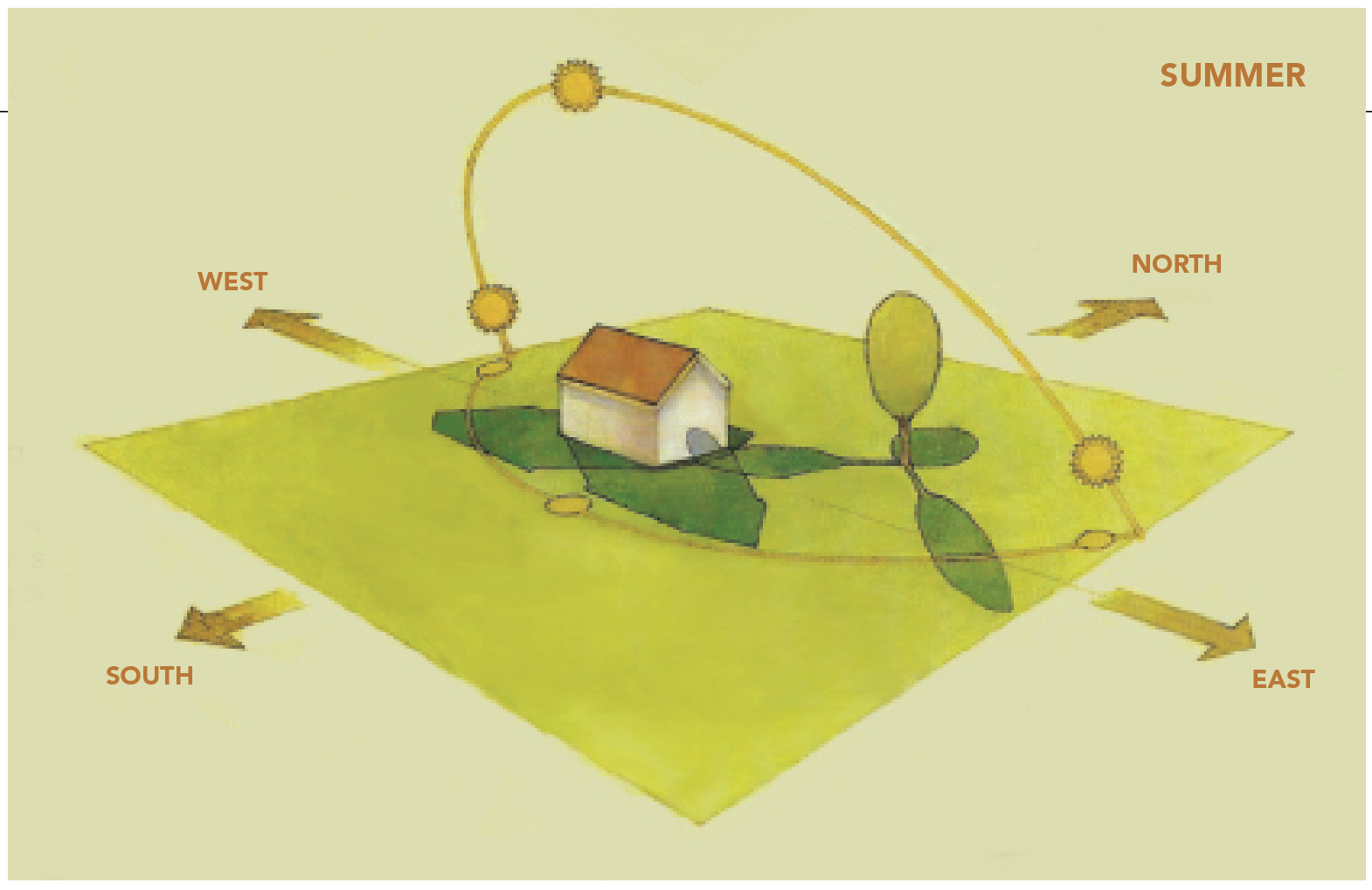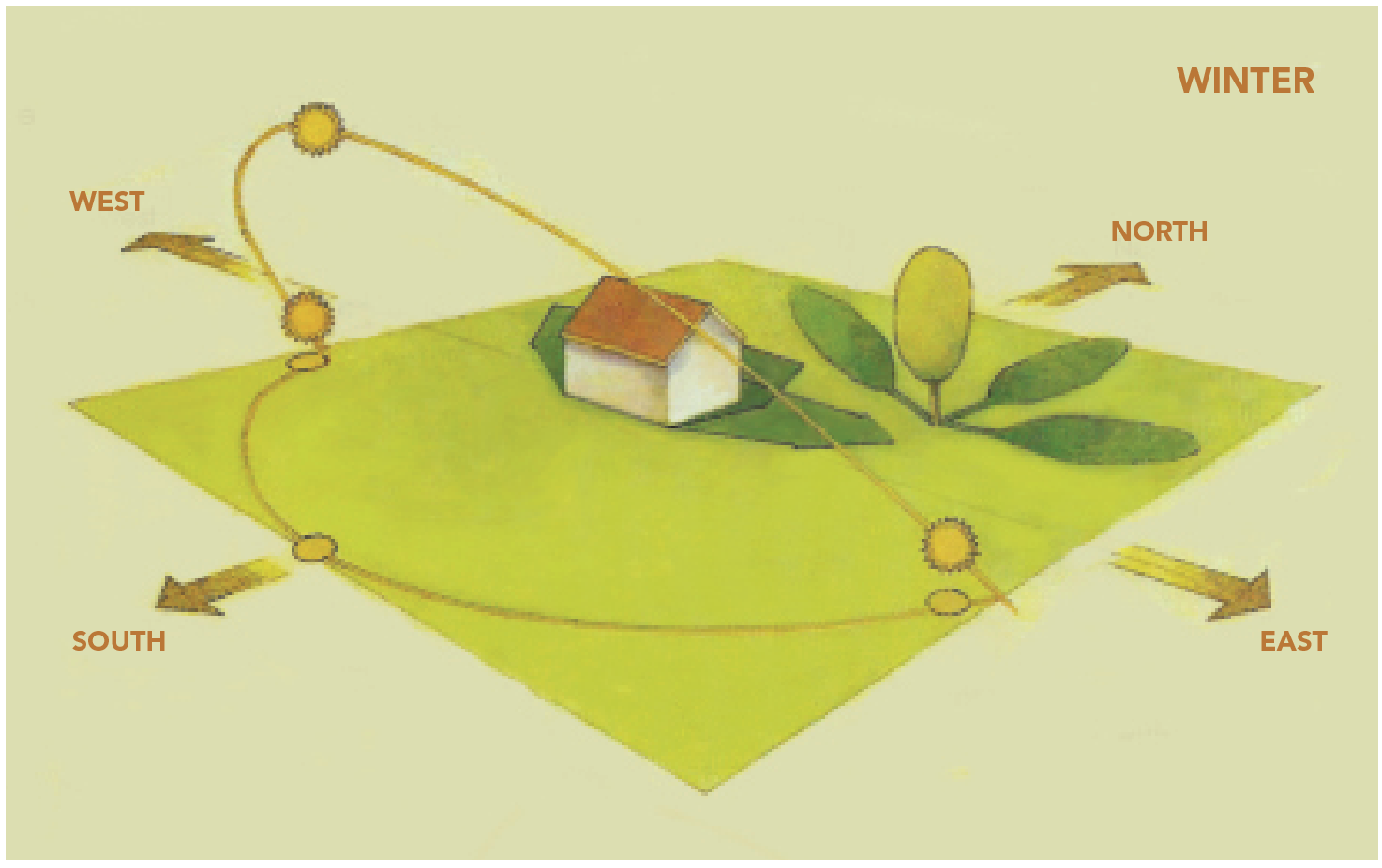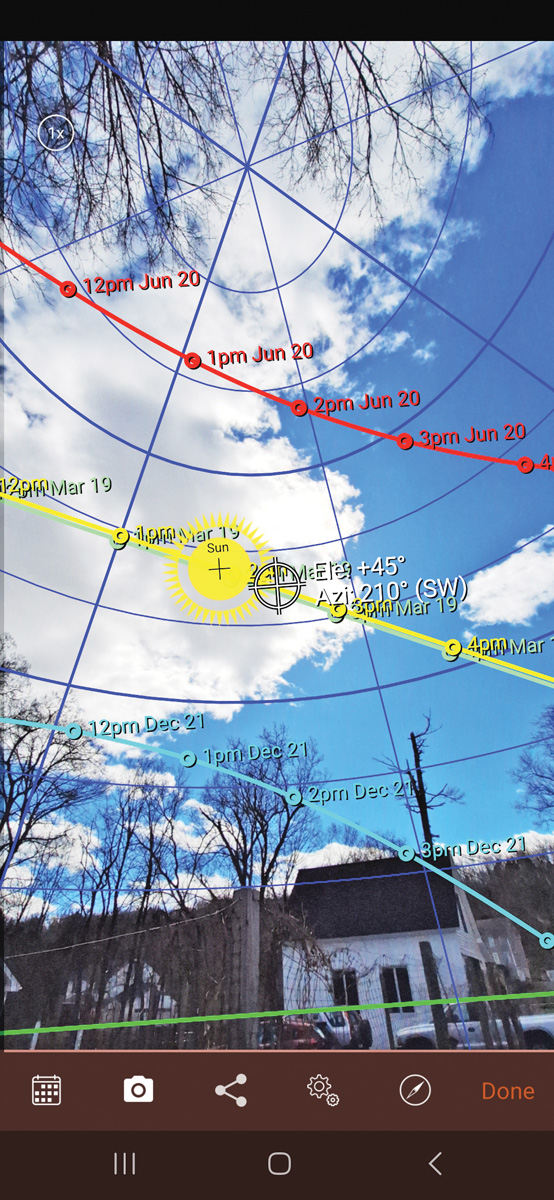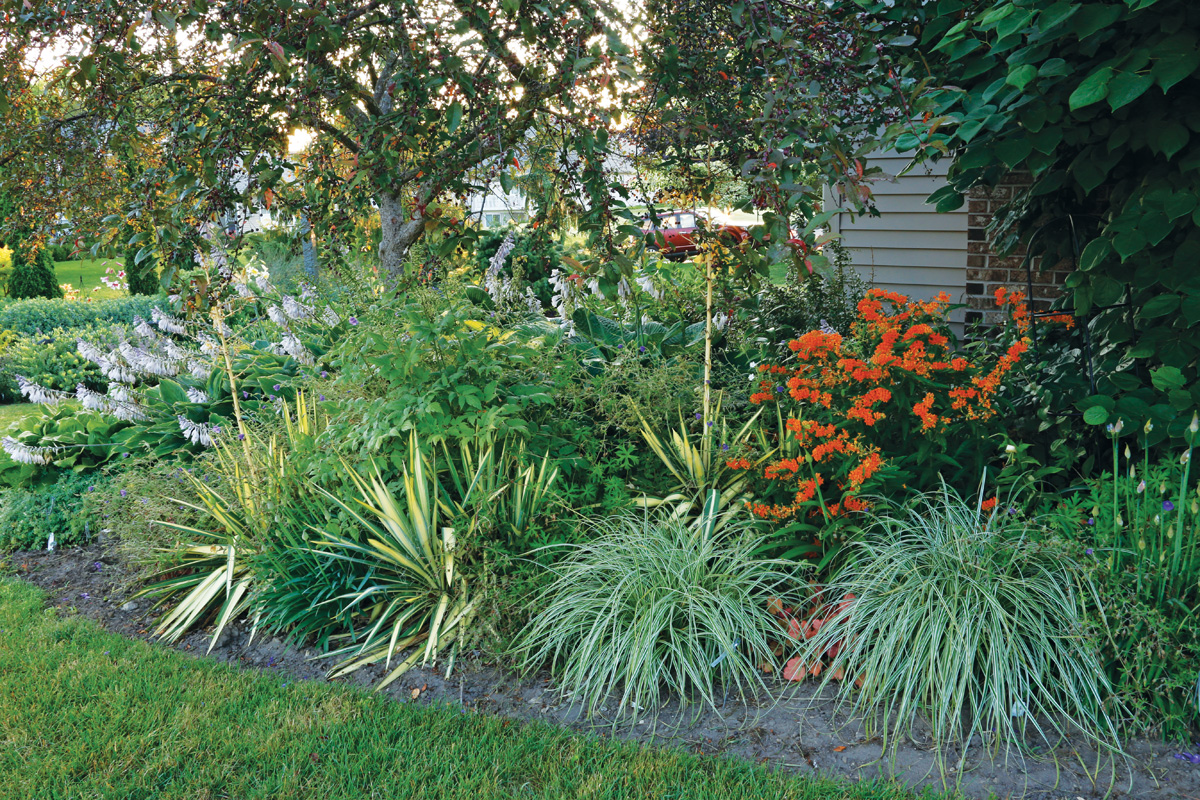There is little you can do to control how much shade or sunlight a garden bed gets. Sure, you can cut down a tree to let in more sun or build a pergola for shade, but you can’t adjust the tilt of the earth. To find plants that will thrive in your garden, you need to get a handle on how much sunlight reaches each bed throughout the day and in all four seasons. Fortunately, with good observation skills and perhaps a new app on your phone, you can gather all the information you need to choose plants that will grow well in your garden’s brightest sun, deepest shade, and all the partially shaded places in between.
Gardening terms used to describe plants’ light needs
Home gardeners and horticulture professionals define sun and shade conditions using a few broad categories that should be very familiar to most gardeners. But even if you have a general idea of the amount of sun or shade your garden gets, you may be surprised to discover how much of a difference a few extra hours of light or shade can make for some plants.

Full sun is best for species and cultivars that are adapted to grow in open habitats. These plants typically require at least six hours of direct sunlight per day and include most food crops selected for their delicious fruit, roots, stems, seeds, or leaves. As a general rule, the more light these plants get, the larger and better they will grow, though every plant has an upper limit beyond which its health will begin to decline. A spot in full sun with reflected heat and light will be too bright for all but the most sun-loving plants.
Full shade, at the other end of the spectrum, is ideal for species that grow and thrive with less than two hours of direct sunlight per day. These plants often have slower growth rates and larger leaves for intercepting filtered or reflected sunlight. There are some truly amazing plants that are adapted to grow under dense forest canopies, below mountain cliffs, and in other places where the sun doesn’t shine. In the home landscape, they might be quite content growing in deep shade under a deck, with only occasional slivers of sunlight slipping between the boards above. Deciduous shade can shift from being mostly full sun in winter and early spring to being full shade in summer through fall. Certain woodland plants have adaptations that help them deal with this abundance of spring sunlight, such as producing anthocyanins that give new leaves a purplish color or going dormant after the canopy closes.
Partial shade is best for plants that become stressed when grown in full sun but also don’t do very well in full shade. Our native flowering dogwood (Cornus florida and cvs., Zones 5–9), which originated in the dappled understories and edges of deciduous forests, is a good example of a “Goldilocks” plant that grows best in partial shade. When planting, keep in mind that the quality of partial light can vary based on the time of day when it hits the plant. Having full sun in the morning followed by afternoon shade is less stressful for most plants than having a shaded morning followed by blazing afternoon sun. Dappled shade, where light is filtered through overhead leaves throughout the day, is another version of partial shade where many plants thrive.

Day length and light direction change with the seasons
As you have likely observed, the amount of light that reaches a garden bed is not constant throughout the year. Light levels change seasonally based on the sun’s track through the sky.
Here in Texas we are bombarded by about three times as much light at the summer solstice as we are at the beginning of winter. This increase is partly because the days are longer, which translates to more hours of sunlight shining on our gardens. The summer sun is also more directly overhead, so the path its light takes through the earth’s atmosphere is shorter, and its light looks and feels more intense. Winter days are shorter, and because the winter sunlight passes through the atmosphere at an angle, the light that reaches the earth’s surface is more spread out.
When sunlight is blocked by tall objects such as buildings and trees, the shadows cast by these objects also change with the seasons. Note how the directions of shadows change from season to season in the illustrations above and below.

What kind of light does your garden get?
To determine how much sunlight a section of your garden gets, it is helpful to take pictures and record your observations at different times of the day over the course of a year. Note the time of day when the sun starts hitting a garden bed, and the time when it is shaded. Pay attention to how the sun interacts with the space around the winter and summer solstices, the two extremes of the solar calendar. To keep track of your images, tag them #light.
Of course, you can also use modern technology to better understand your garden’s light conditions. My favorite application for this purpose is Sun Seeker ($9.99 from Apple’s App Store or Google Play). In 3D mode, this app uses augmented reality to show the sun’s arc through the sky superimposed over the view from your phone’s camera. Hours are marked out along the sun’s path, allowing you to quickly estimate how many hours of sunlight your garden will receive in the current season and at the summer and winter solstices.

How to find plants for your garden’s light conditions
Once you have a good idea of how sunny or shady each part of your garden is, it will be much easier to find plants that grow well in every lighting situation. Here are a few key ideas to keep in mind.
Research before buying. Garden centers usually sort plants based on their sun and shade requirements. Read labels, talk to nursery staff, and visit websites and online forums before buying the plants that catch your fancy.
Take advantage of microclimates. A bed on the north side of the house that gets very little sun can be an ideal spot for growing unique, shade-loving species.
Play off the light. There are some plants that look particularly beautiful when backlit by low-angle sunlight. Find a spot with great morning or afternoon light for plants such as canna (Canna × generalis, Zones 8–11), pink muhly grass (Muhlenbergia capillaris, Zones 5–9), and witch hazel (Hamamelis virginiana and cvs., Zones 3–9).
Keep an eye on new additions. Plants that get too much sunlight may wilt or develop scorched, bleached, or yellowing foliage. If a plant needs more light, it may become weak and leggy, or it may flower poorly. Most plants will bounce back quickly after being moved to a spot with better light conditions, so don’t be afraid to transplant if you make a mistake.

Jared Barnes, Ph.D., is an associate professor of horticulture at Stephen F. Austin State University in Nacogdoches, Texas.




